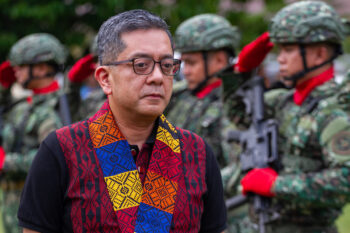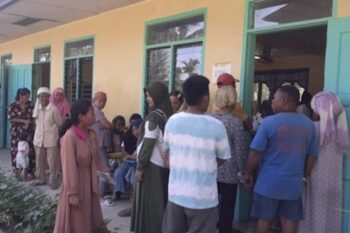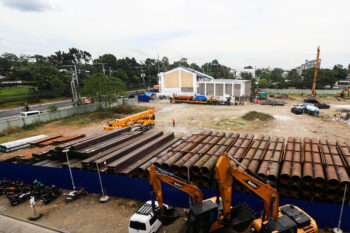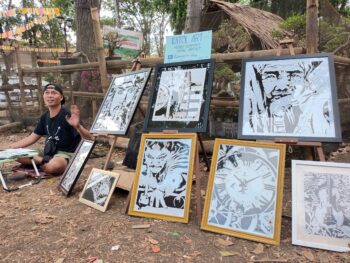1st of five parts
07 November 2017
- Introduction
The recent announcement by President Rodrigo Duterte of the liberation of Marawi City from the combined forces of the ISIS-inspired Maute Group and Abu Sayyaf Group (MG-ASG) was widely welcomed nationally and internationally. The defeat or decimation of the said terrorist groups was achieved by the Armed Forces of the Philippines (AFP) and Philippine National Police (PNP) after five months of a devastating military confrontation (May 23 to October 23, 2017), which culminated in the killing of the leaders of the said groups, Isnilon Hapilon and Omar Khayyam Maute, on October 16, 2017. This war showcased the Duterte administration’s unflinching strong hand approach against terrorism and the impressionistically high level of professionalism of the AFP and PNP in waging the military operation and in the implementation of Martial Law in Mindanao it had spawned. The Marawi siege also conveyed one clear message, i.e., it is not good to trivialize the threats posed by violent extremism and radicalism that sordidly continued sucking an increasing number of our youth in Mindanao, and the urgent imperative of shielding our communities and country from this global menace.
The Marawi war was indeed costly. It reduced to rubble practically the whole central district which served as the main battle area (MBA) for 153 days. This area contains the main bulk of the commercial, educational, health, religious and cultural infrastructures and facilities of Marawi City, aside from a big number of huge concrete residential buildings. The destruction was estimated to be worth at least PHP 50 billion. The five months of heavy clashes resulted to the killing of 920 MG-ASG rebels, 165 soldiers, 3 policemen, and 47 civilians. In addition, it displaced more than 400,000 residents who were forced to evacuate to neighboring municipalities in Lanao del Sur and to Iligan City, Cagayan de Oro, and a few other areas in Mindanao.
The terrible sufferings of the internally displaced persons (IDPs) from the destruction and dislocations brought by the war were ameliorated significantly by the large-scale relief efforts of national and local government agencies, private/business firms, religious organizations and civil society organizations. The strong family ties among M’ranaws also helped minimize the pains of dislocations. Donations from some international agencies and foreign countries also contributed significantly to the alleviation of these sufferings. Collectively, all of these relief efforts helped tremendously in mitigating the humanitarian crisis spawned by the siege.
The liberation of Marawi City signals the beginning of the much needed massive rehabilitation, reconstruction and modernization works which, owing to their urgency, complexity, and enormity, require a more elaborate planning process to produce a responsive blueprint. This policy paper is a sincere voluntary initiative to contribute to the said planning process. It suggests some pointers or interventions which may serve as input to the conceptualization of a framework plan and the detailed planning for the major program components. The suggested pointers or interventions are envisioned to help in making Marawi City rise up better and stronger from the ashes of the devastating siege, and insulate it from further threats of terrorism or violent extremism. It should be noted that in many of his speeches before and after the liberation, and reflective of his awareness of the extent of devastation of Marawi City and his deep concern for the M’ranaws, President Duterte committed to rebuild it and make a better Marawi.
The pointers or recommended interventions are classified into five categories: namely, deconflictualization, economic rehabilitation, rebuilding and modernization, governance reforms, and peacebuilding. (MindaViews is the opinion section of MindaNews. Dr. Macapado Muslim, University Professor and former president of the Mindanao State University, submitted this policy paper to President Rodrigo Roa Duterte on November 6, 2017. The author says this is a product of a long-running analysis of the Moro armed struggle in Mindanao and an offshoot of the book The Moro Armed Struggle in the Philippines: The Nonviolent Autonomy Alternativ
The author obtained his Ph.D. and M.A. in Political Science degrees from the University of Hawaii where he wrote a dissertation on the Moro armed struggle. He specializes on governance and peacebuilding in multiethnic countries.
Tomorrow: Deconflictualization







